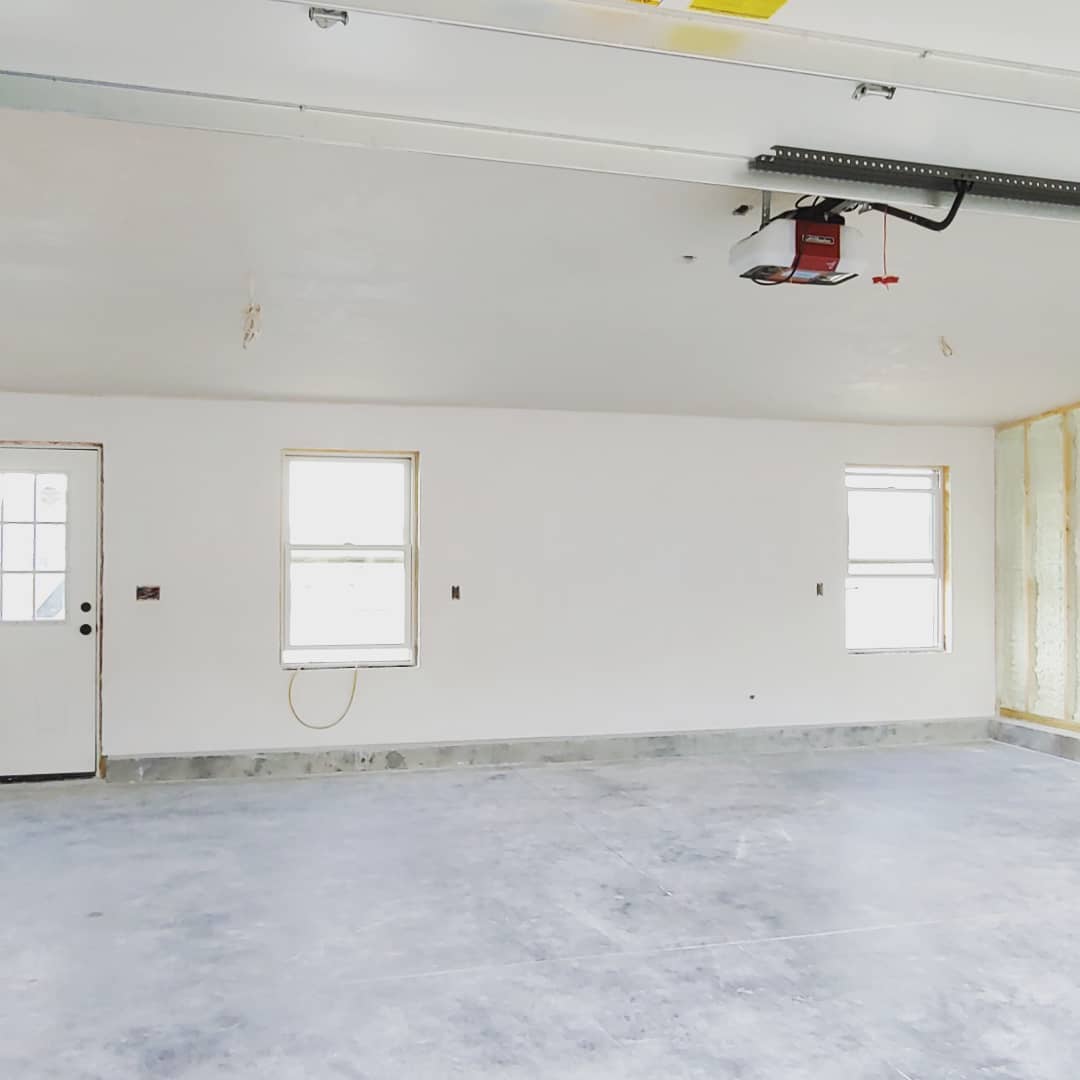
Essential Tips for DIY Drywall Repairs and Maintenance Nov 10, 2025
Start by assessing the damage. Understanding the extent of the drywall issue is crucial before beginning repairs. For small holes, such as those left by wall anchors or nails, a quick patching solution is usually sufficient. Larger holes, however, might require more significant effort, such as replacing a section of drywall. Identifying the nature of the damage will dictate the materials and tools you’ll need.
Preparation is key to any successful DIY project. Before beginning repairs, make sure you have all necessary supplies on hand. This generally includes a utility knife, joint compound, drywall patches, sandpaper, and a putty knife. It's also a good idea to have a drywall saw for cutting out damaged sections if needed. Having everything ready to go will help the repair process run more smoothly.
If you're dealing with small holes or cracks, a simple patch will do the trick. Start by cleaning the area thoroughly to ensure good adhesion. Apply a layer of joint compound to the hole with a putty knife, making sure to smooth it out evenly. For cracks, you may also want to apply a strip of mesh tape over the compound to reinforce the repair. Allow the compound to dry completely before sanding it down for a smooth finish. Reapplying compound may be necessary to get a seamless look.
For larger holes or damaged areas, a more involved repair might be necessary. This often entails cutting out the damaged section of drywall and replacing it with a new piece. Use a drywall saw to cut a square or rectangle around the damage. Measure and cut a new piece of drywall to fit into the hole snugly. Once in place, secure it with drywall screws and cover seams with joint tape and compound. Sand the area once these layers have dried, ensuring a seamless blend with the surrounding wall.
Maintenance doesn't end when a repair is finished. Regular inspections of your walls can prevent minor issues from becoming major problems. Keep an eye out for signs of wear, such as new cracks or nail pops, and address them promptly. Regularly repainting your walls not only refreshes your home’s aesthetics but also helps protect drywall from moisture damage.
In conclusion, DIY drywall repairs and maintenance can be straightforward with the right preparation and knowledge. By following these tips from Argentino Plastering, you can maintain your home's walls effectively, saving time and minimizing the need for professional help. While not every situation will suit DIY, having these skills can empower you to handle many common drywall issues confidently. Remember, for more complicated drywall and plastering tasks, or if you prefer professional assistance, Argentino Plastering is always ready to help. They provide expert services to ensure your home remains beautiful and structurally sound.
/filters:no_upscale()/filters:format(webp)/media/ba2b7881-3524-4a75-8084-851e9ccd3859.jpg)
/filters:no_upscale()/filters:format(webp)/media/3ae376a6-cd83-45df-9e1b-608d39cb8868.jpg)